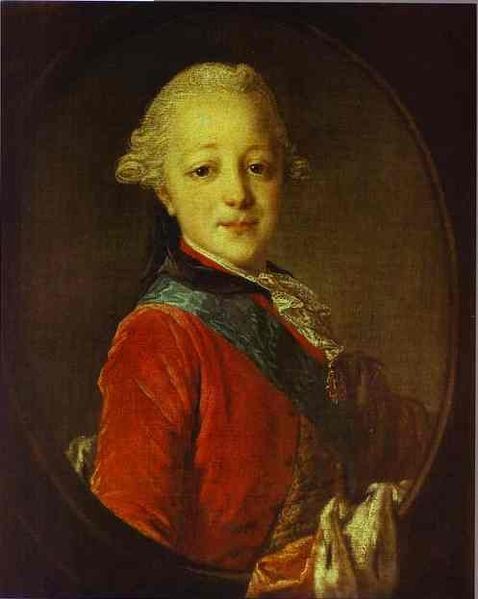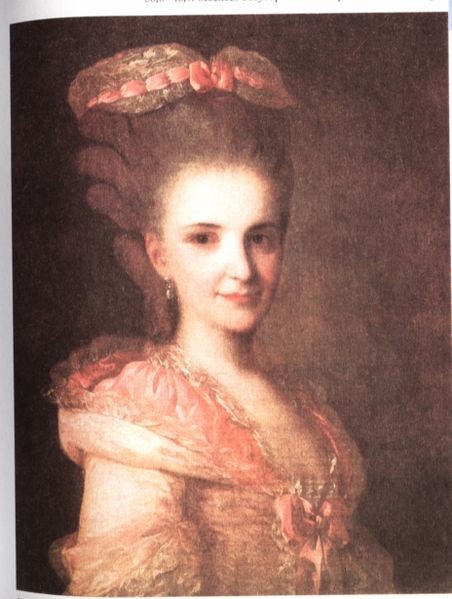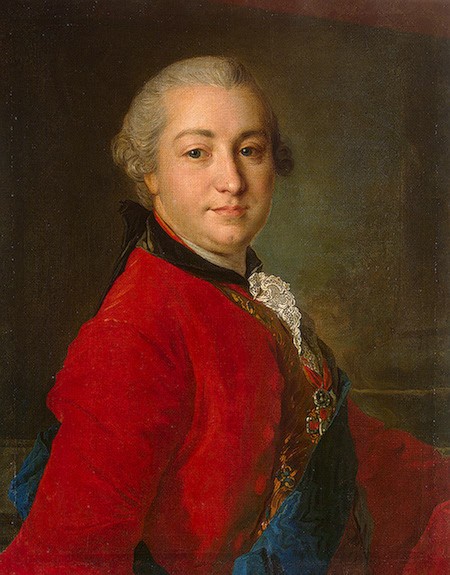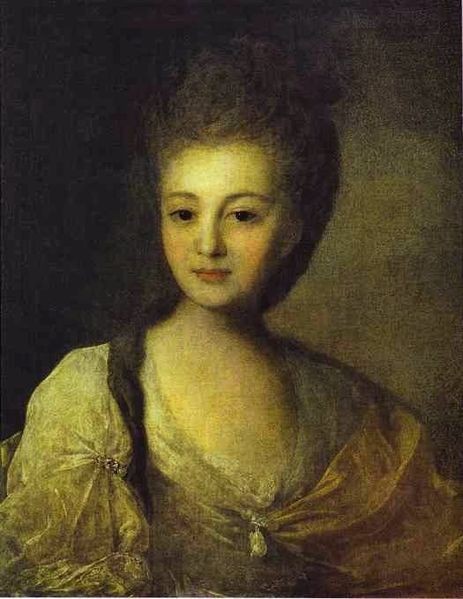Fyodor Rokotov (Фёдор Степанович Рокотов) (1736-1809)
Get a Rokotov Certificate of Authenticity for your painting (COA) for your Rokotov drawing.
For all your Rokotov artworks you need a Certificate of Authenticity (COA) in order to sell, to insure or to donate for a tax deduction.
Getting a Rokotov Certificate of Authenticity (COA) is easy. Just send us photos and dimensions and tell us what you know about the origin or history of your Rokotov painting or drawing.
If you want to sell your Rokotov painting or drawing use our selling services. We offer Rokotov selling help, selling advice, private treaty sales and full brokerage.
We have been authenticating Rokotov and issuing certificates of authenticity since 2002. We are recognized Rokotov experts and Rokotov certified appraisers. We issue COAs and appraisals for all Rokotov artworks.
Our Rokotov paintings and drawings authentications are accepted and respected worldwide.
Each COA is backed by in-depth research and analysis authentication reports.
The Rokotov certificates of authenticity we issue are based on solid, reliable and fully referenced art investigations, authentication research, analytical work and forensic studies.
We are available to examine your Rokotov painting or drawing anywhere in the world.
You will generally receive your certificates of authenticity and authentication report within two weeks. Some complicated cases with difficult to research Rokotov paintings or drawings take longer.
Our clients include Rokotov collectors, investors, tax authorities, insurance adjusters, appraisers, valuers, auctioneers, Federal agencies and many law firms.
We perform Fyodor Rokotov art authentication, appraisal, certificates of authenticity (COA), analysis, research, scientific tests, full art authentications. We will help you sell your Fyodor Rokotov or we will sell it for you.

Fyodor Rokotov was a distinguished Russian painter who specialized in portraits. Rokotov was born into a family of peasant serfs, belonging to the Repnins. Much in his biography is obscure. He studied art in Saint Petersburg Academy of Arts. After buying back his freedom in the end of 1750s he became established as a fashionable painter.

In 1765, Rokotov was elected an Academician, but he did not work as a professor in the Academy long, because it interfered with his painting. He returned to Moscow in 1765, where he lived for the rest of his life. He had a lot of commissions there, becoming one of the best portrait painters of his time.

Among his best-known portraits are Portrait of Alexandra Struyskaya (1772), sometimes called the Russian Mona Lisa and admittedly the most celebrated piece of the 18th-century Russian painting; Portrait of Countess Elisabeth Santi (1785), and Lady in a Pink Dress (1770s).

Rokotov avoided painting formal portraits with lots of adornments and decorations. Instead he was one of the first Russian painters advancing a psychological portrait with attention to optical and atmospheric effects. Still wondering about an 18th century Russian painting in your family collection? Contact us…it could be by Fyodor Rokotov.
